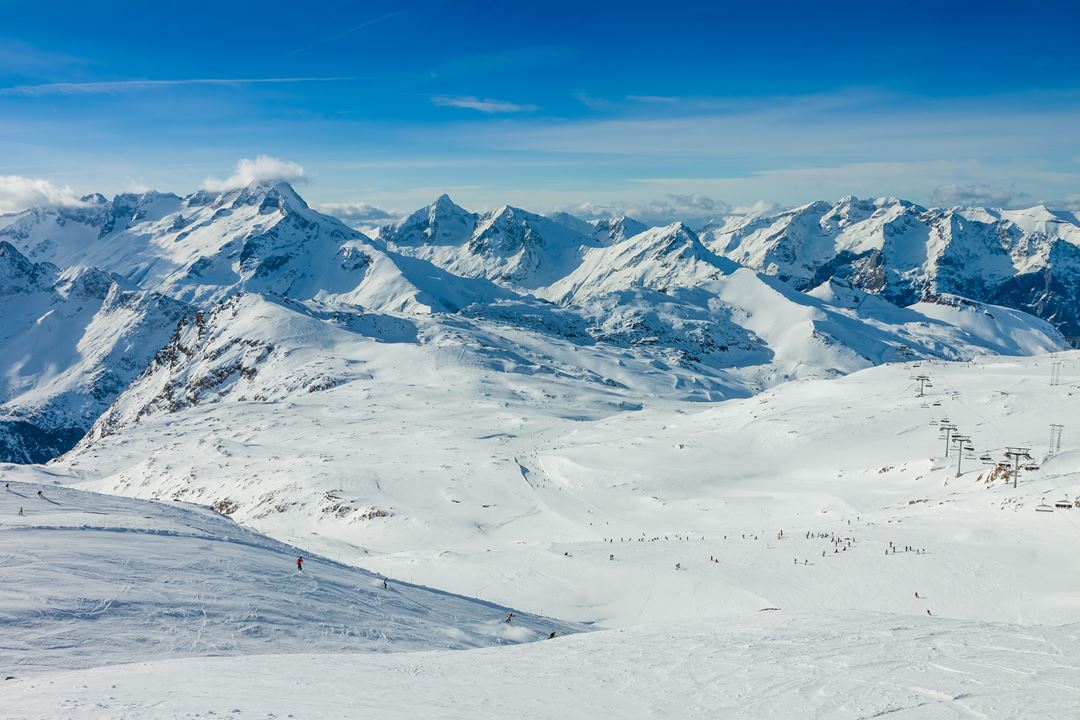Today, monitoring and forecasting of snow conditions are carried out using a combination of computer models and observations. The most commonly used operational snow models are of the regressions type, (i.e. that they are constructed fitting parameters and functions). Such models can be contrasted to more physical models which actually aim to describe the processes at play.
The reason for this gap is the difference in spatial scale between physically based models, usually quite accurate for a point given sufficient input data, and fitted models used to describe snow conditions over large areas, for example a catchment. Regression type models are
- not suitable for predicting snow conditions for which they are not fitted, i.e. under climate change and
- not suitable for updating, i.e. correcting the models from observations.
In SNOWHOW we will remedy this by building snow models that have improved physical realism, a minimum of parameters to be fitted from data and have the ability to be corrected from observed snow states such as snow depth, snow covered area and snow water equivalent (updating).
This will be achieved by
- including all available sources of snow information in developing, evaluating and updating operational snow models,
- reducing the dependence on fitted parameters by striving for an optimal blending between physically based models and parameterized area-extensive models and
- providing a guide to future observation networks better suited to a new generation snow models. The results from SNOWHOW will benefit flood forecasting, hydropower scheduling and avalanche risk assessments.
This is an IPN-project (Innovation project for the Industrial Sector) funded by The Research Council of Norway.

